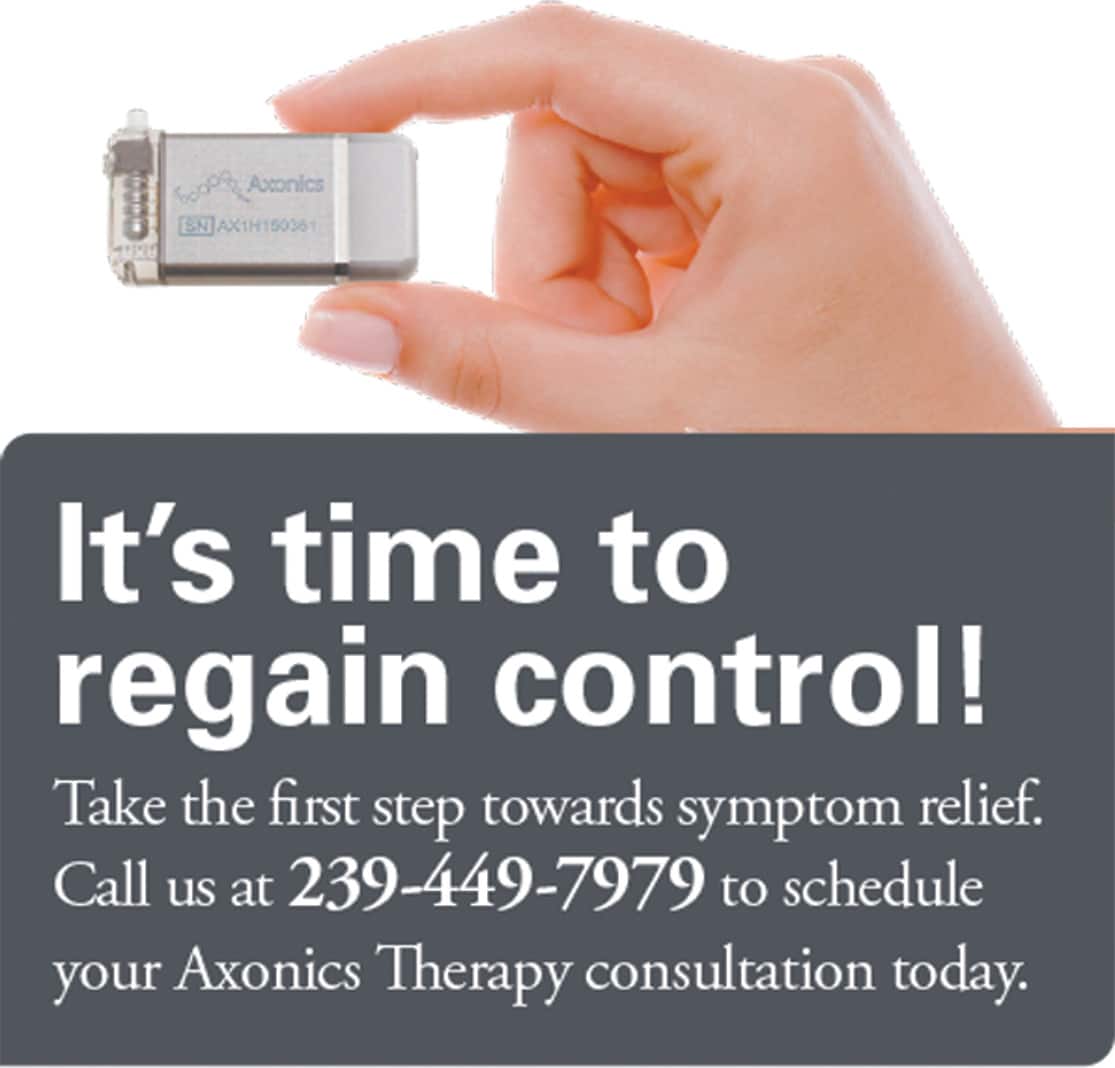Louis D. Rosenfield, MD
 Through my years as a practicing physician, two of the most common questions patients ask are: What is a stent? and Do I need a stent? I will now try to answer these frequently asked questions to give you a better understanding of stents and why they are used.
Through my years as a practicing physician, two of the most common questions patients ask are: What is a stent? and Do I need a stent? I will now try to answer these frequently asked questions to give you a better understanding of stents and why they are used.
Stents are mesh tubes designed to hold/scaffold, usually tubular body structures. Stents can be used to treat blood vessels (arteries and veins), but can also be used in urologic, gastrointestinal, pulmonary, other systems procedures. I want to focus this time, specifically, on the coronary arteries, vein or arterial coronary by-passes that involve stents.
This small tubular mesh is made with biocompatible material usually stainless steel, chromium-cobalt alloy, Tantalum alloy or Nitinol (combination of nickel and titanium). There are two types of stents available to use – bare metal stents and drug-eluted stents. The drug-eluted stents, in addition to the metal, have a polymer which holds a medication (Sirolimus, Tacrolimus, Everolimus) to prevent what is the Achilles tendon of stents, in-stent restenosis or closure with scar tissue (neointimal proliferation) which appears over months following procedure. The use of drug-eluted stents decreases the risk of restenosis and the chance of returning to the hospital for another procedure in the same vessel area. On the other hand, drug-eluted stents take longer time to heal and carry a higher chance of forming a blood clot within the stent and a heart attack if adequate antiplatelet medication (combination of aspirin and clopidrogel or prasugrel) is not taken for at least one-year post procedure. The bare-metal stent usually heals within four weeks and at that time is safe to stop the antiplatelets if needed. However, other studies show that taking the medications, aspirin (forever), and Clopidrogel or Prasugrel (or 9-12 months) improve clinical outcomes with bare metal stents also. If you have a bare metal stent placed and no problems taking the medications, the doctor may opt to keep you on dual antiplatelet medication for nine months to a year.
Prior to the existence of stents, we used to open the arteries/veins only with balloon angioplasty. The problem with balloon angioplasty is that after ballooning the blood vessel, a wound may form (dissection) and the vessel may close in the peri–
angioplasty time. The vessel also reacts, constricting again (recoiling) causing an acute closure of the vessel. Implanting stents scaffolds the vessel and prevents recoil and acute closure to help heal the vessel. Most of the coronary interventions that take place today use stents.
Do you need a stent? In order to answer this question we have to differentiate an acute coronary syndrome from chronic symptoms of coronary disease. On top of that we need to define what is an unstable plaque and a stable plaque.
Acute coronary syndromes are heart attacks or pre-heart attacks (change in symptoms that may lead to a heart attack). If a patient experiences acute coronary syndromes he/she will typically find themselves in the hospital.
An acute coronary syndrome usually occurs because unstable plaque ruptures within the blood vessel, forming a blood clot around it and obstructing the vessel totally or partially in a short period of time, causing acute symptoms. In this case it is recommended, if high risk, proceeding with a heart catheterization and fixing the obstructing plaque with a stent together with adequate medical therapy. In this situation stents may increase survival, reduce risk of subsequent myocardial infarction, and reduce complications post heart attack. In other occasions, lower risk patients, doctors may decide to treat with medicines only.
On the other end of the spectrum, when someone presents with chronic coronary symptoms (chest pain, shortness of breath, other) they have a chronic stable plaque obstruction. It is important to know that in chronic coronary disease, angioplasty and stents do not necessarily improve survival or decrease heart attacks,. In these cases, stents are used to improve symptoms and quality of life. Usually a stress test will be performed for risk assessment. After considering results from various tests and after placing the patient on medical therapy, the doctor may decide to proceed with a heart catheterization and decide if stents may help improve symptoms. Stents are also indicated if a large, important area of the cardiac muscle is not receiving adequate blood flow and is in jeopardy. The heart catheterization may also help to determine if coronary artery by-pass grafting is needed, which in some occasions may also improve survival comparing with medical therapy alone.
Finally, I want to remark the importance of medical therapy and risk factor modification for coronary artery disease. Angioplasty/stents do not work if patients are not adequately treated with medications. It is just also vital for patients to manage and lower their risk factors for coronary artery disease. It is crucial to not use tobacco, aggressively adjust the cholesterol according to guidelines, exercise, lose weight and closely monitor glucose levels if diabetes is present.
Cardiology Associates
(941) 629-4500
4130 Tamiami Trail, Suite 201
Port Charlotte, FL 33952








